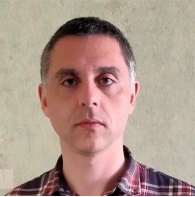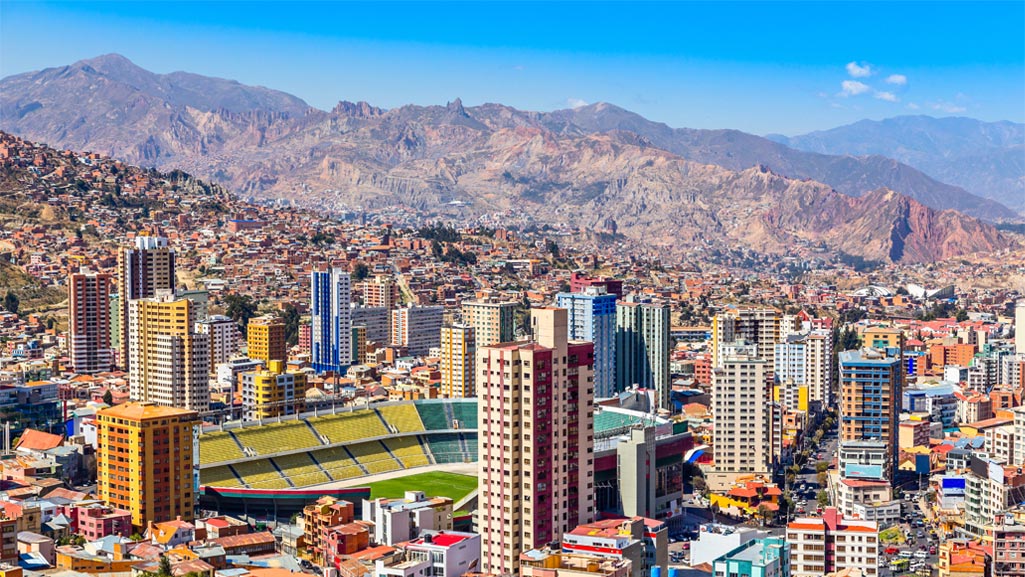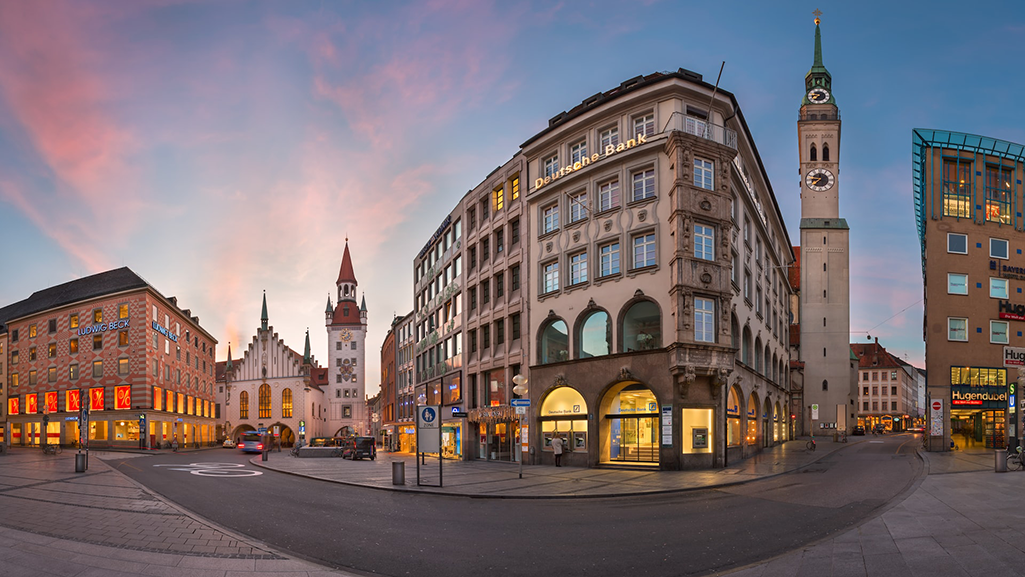How does mobility software affects infrastructure design planning? Here’s how the Bulgarian capital, Sofia, is doing it with PTV Visum software.
Sofia has been facing tremendous challenges in traffic management and urban growth. The rapid increase in population and vehicle use over the past 20 years has driven the need for significant updates to the city’s road infrastructure.
One of the most critical projects in this regard is the development of Sofia Ring Road, an arterial route designed to accommodate city and transit traffic. Currently, 85% of the ring road has been completed, and the Bulgarian Road Infrastructure Agency has initiated feasibility studies for the final 8 kilometers of this crucial route.
To guide the design and construction of this final section, Infra City Consult Ltd. – a mobility consultancy company based in Sofia – was brought in to perform a detailed traffic study. This study utilized PTV Visum, a powerful transport modeling software, to address key issues such as lane capacity, traffic distribution, and interchange design.
The following is an overview of the project, the challenges faced, and how PTV Visum was used to inform critical decisions.
Understanding PTV Visum’s Role
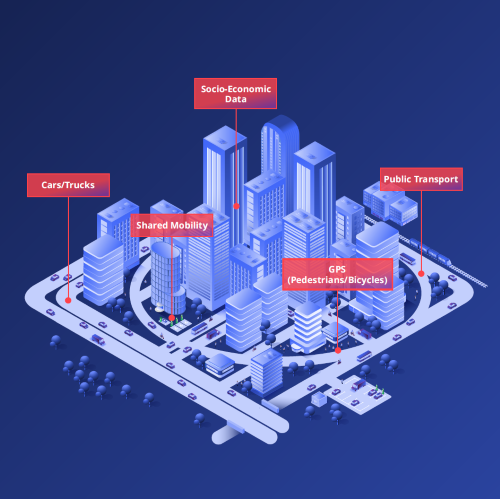
PTV Visum is a mobility planning and modeling software. Used by cities and transportation authorities worldwide, PTV Visum enables users to model transportation networks, forecast traffic volumes, and evaluate infrastructure projects before they are implemented. The software integrates various data sources, such as traffic counts and socio-economic indicators, to simulate traffic scenarios and optimize road systems.
In the case of Sofia, PTV Visum enabled the project team to simulate the impact of different design options for the remaining section of the Sofia Ring Road, providing insights that would otherwise be impossible to obtain.
Project Background: Challenges on the Sofia Ring Road
The Sofia Ring Road connects key parts of the city and serves as a major artery for transit traffic through the capital. However, its incomplete final section presents significant challenges. Some intersections carry up to 4,500 vehicles during the morning rush hour alone, causing congestion, delays and safety concerns.
To address these issues, Infra City Consult needed to determine the optimal lane configuration, evaluate traffic distribution between the local and ring road networks, and recommend the best interchange types to minimize congestion. However, the city faced several obstacles:
– Lack of a traffic model: Sofia did not have an official citywide traffic model, so existing traffic and demand data was limited.
– Insufficient traffic camera data: Existing traffic cameras did not provide enough data to develop an origin-destination (OD) matrix, an essential element of traffic modeling.
– Budget constraints: The project budget did not allow for extensive socio-economic data collection, making it difficult to fully analyze travel demand.
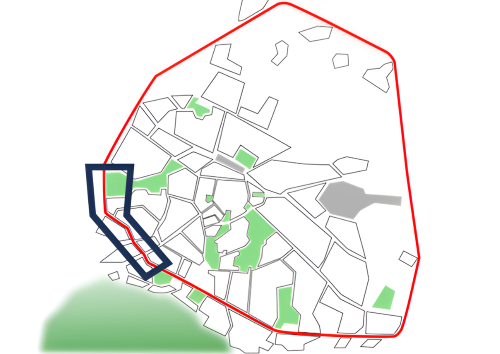
Overcoming Data Limitations
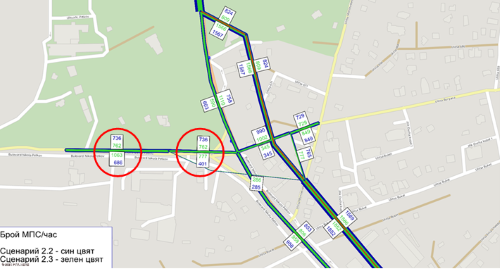
Despite these challenges, PTV Visum enabled the project team to develop a mesoscopic transport model for a feasibility study. Here’s how it helped:
Creating a Transport Model: Lacking an existing model, the team built one from scratch. Using traffic counts from 10 key junctions and video footage processed with deep-learning algorithms, they created a 15-zone origin-destination (OD) matrix. PTV Visum’s TFlowFuzzy module refined this matrix with external data, ensuring it closely mirrored real-world traffic patterns.
Assigning Traffic Volumes and Validation: With the OD matrix in place, PTV Visum assigned traffic volumes to the network links. Model validation, using a GEH statistic of 1.3 and an R² of 0.99, confirmed high accuracy. This validation was critical for ensuring that the traffic model reflected real-world conditions, giving the team confidence in the accuracy of their traffic forecasts.
Traffic Forecasts and Scenario Comparison: Using PTV Visum, the team forecasted traffic up to 2030, factoring in population growth and infrastructure plans. They assessed scenarios showing traffic shifts on local roads after the completion of a new section, providing critical insights for future road connections. They also compared design alternatives, including one-way links and varying traffic volumes, helping the client select the best option for smooth traffic flow at key junctions. These insights were essential for planning efficient road infrastructure.
Interchange Design: Using PTV Vissim for Microscopic Modeling
In addition to mesoscopic modeling, the project required microscopic traffic analysis at a key roundabout interchange where Sofia Ring Road meets the A3 highway. This interchange is a major hub for commuters traveling between Sofia and southern Bulgaria.
Using PTV Vissim software, the project team tested four different design scenarios for this interchange. Some of the proposed solutions included complex grade-separated links designed to reduce congestion and improve safety. PTV Vissim’s highly detailed modeling capabilities enabled the team to simulate traffic flows at the interchange and assess the impact of different configurations.
The team also analyzed several alternatives for the weaving sections between the main lanes of the Sofia Ring Road and its service lanes. By comparing various entry and exit designs, they were able to recommend solutions that would enhance traffic flow and reduce congestion at critical points.
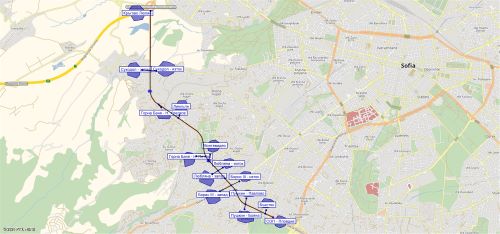
Conclusion: PTV Visum’s and Informed Decision-Making
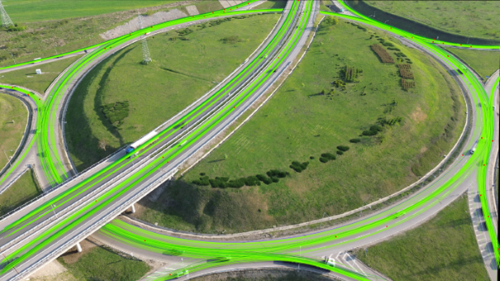
By leveraging PTV Visum’s advanced modeling capabilities, the Sofia Ring Road traffic study successfully addressed key mobility challenges and helped the Bulgarian Road Infrastructure Agency make informed decisions about the final section of the ring road.
With accurate traffic forecasts, validated models, and scenario comparisons, the agency was able to plan road capacity, design efficient interchanges, and optimize traffic flow for years to come.
Ultimately, the use of PTV Visum allowed the project team to overcome significant data limitations and deliver a comprehensive traffic study that will shape the future of mobility in Sofia.
The results of this study will not only benefit residents but also improve transit routes for drivers who move through the city. As Sofia continues to grow, PTV Visum remains an essential tool for tackling the city’s complex mobility needs.

